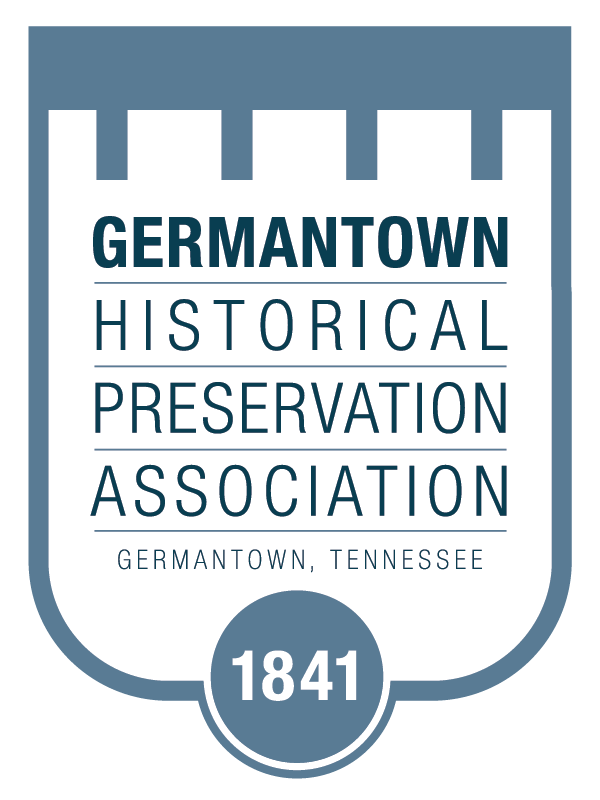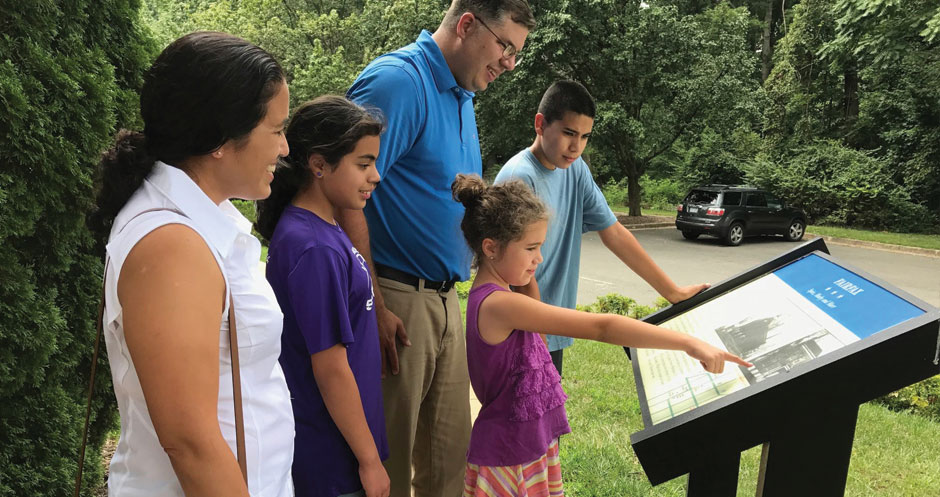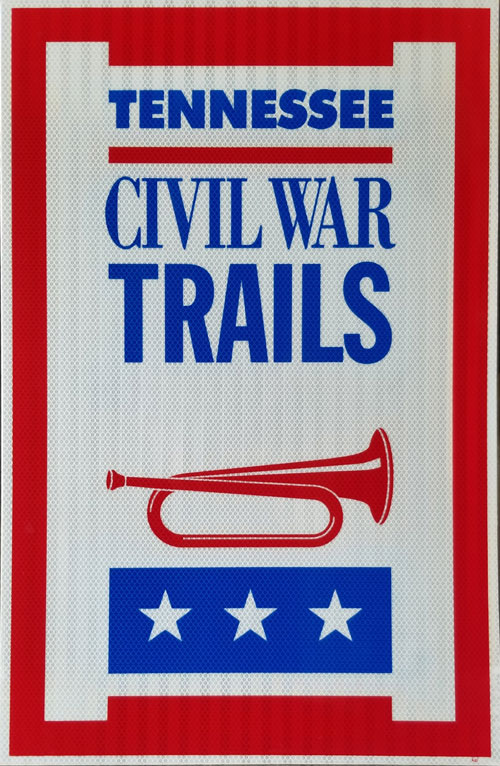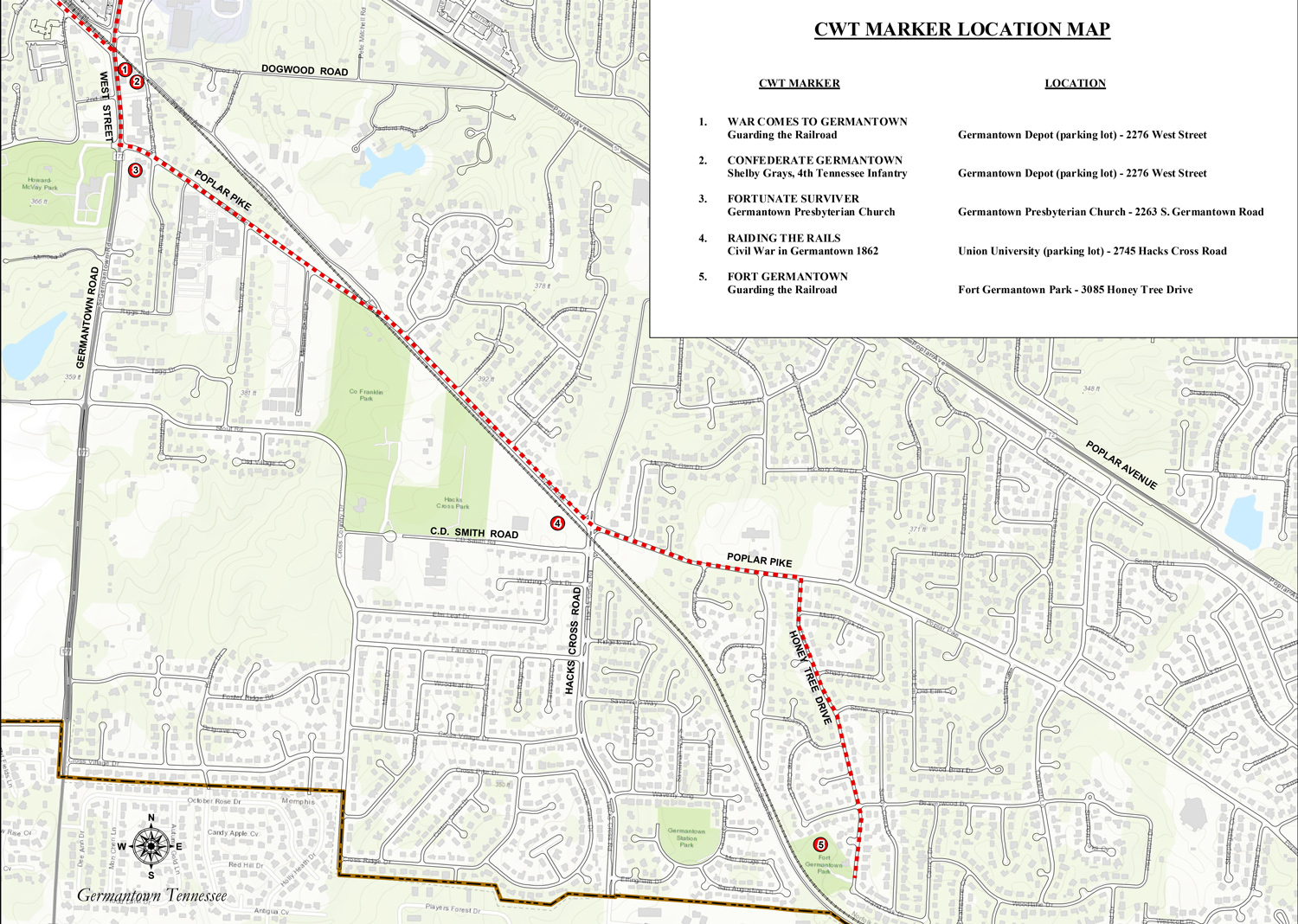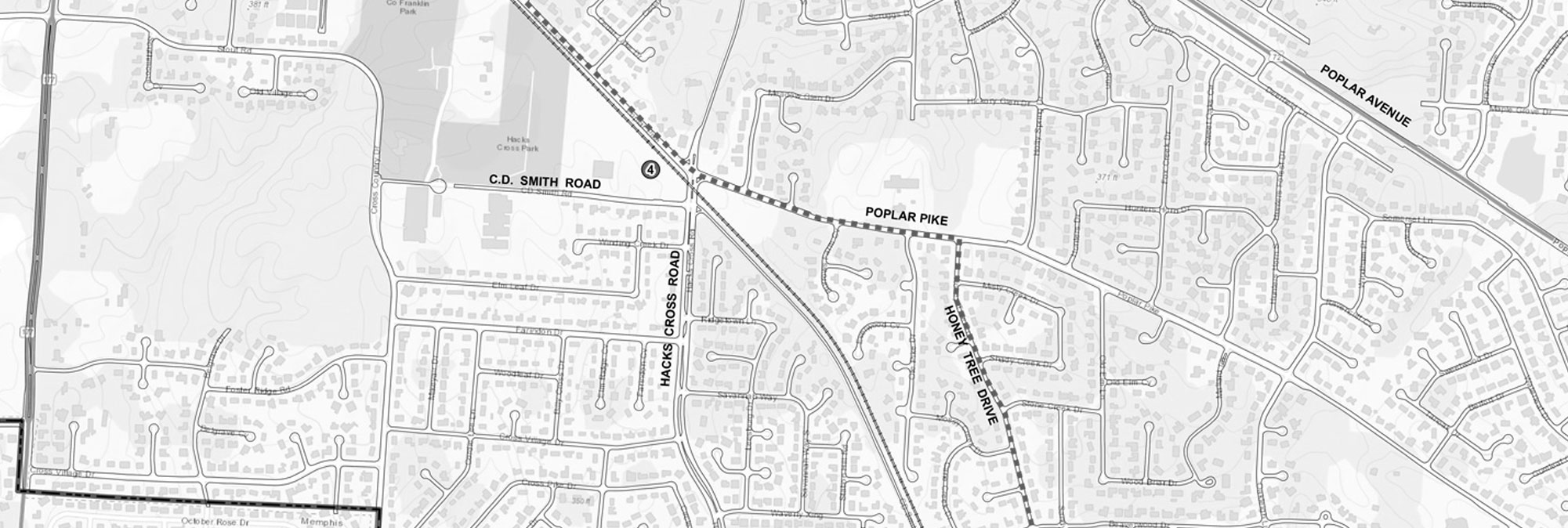
Civil War Trails
War Trails (CWT) is a multi-state travel and tourism initiative that directs tourists to over 1,350 sites across six states – Virginia, Maryland, West Virginia, North Carolina, Tennessee, and Pennsylvania. The organization is governed by a board of directors comprised of state and municipal tourism officers and other stakeholders. More than 800 partners, from state travel offices, destination marking organizations, chambers, businesses, museums, etc., support and promote the program on a daily basis. They produce in partnership 15 map-guide brochures that are distributed domestically and internationally, and are available online, at travel centers, sites, and amenities internationally.
CWT has found that history travelers are getting younger with the largest increase seen in the 25-34 age range. The average overnight history travel party of 2.5 guests stays 3.5 nights spending over $1,000. On average a guest spent 25%. of their budget on food and beverage, and 33% on lodgings.
While the products (the signs) are educational the program’s goal is all about economic development. Each CWT sign has an annual sustaining sponsor which allows for maintenance of the infrastructure system and coordination with the marketing efforts.
The maintenance component allows CWT to fix, repair, move and update each of the interpretive signs. This ensures they are telling an engaging, diverse, and accurate story that is populated by local historians, descendants, and stakeholders as well as ensuring a well-maintained system including the interpretive sign and the TDOT directional ‘trailblazers’ signs.
The marketing component is large and varied. This includes international leverage through the distribution of brochures across the globe by the five state travel offices, leverage brought with print and digital ads, and leverage brought on by the sponsors and municipal offices as they package CWT as part of the amenities for visitors to enjoy.
Every step of the way it is imperative that communications from the state travel offices and CWT’s office, to the members like Germantown Historic Commission and Germantown Historical Preservation Association, and vice versa, are shared with municipal administrators, the community, and the offices responsible for marketing like the Convention & Visitors Bureaus (CVB) and Chambers. As Germantown looks to tell additional narratives we can add those stories, adopt that language, or simply add insets to our signs to complement those initiatives. Most recently, CWT shifted their advertising budget into the interactive map and sponsorship of digital programming, offering thousands of dollars to historic site partners for their Facebook “live” and Zoom programs. See http://civilwartrails.org
There are five (5) CWT markers in the City of Germantown. We encourage you to visit Germantown and experience the relevance for the placement of each marker. The majority reflects the importance of the Memphis-Charleston railroad during the Civil War. The following map and stories provide the traveler a story they will find here at each marker stop.
WAR COMES TO GERMANTOWN
Guarding the Railroad
In 1861, Germantown was divided between secessionists and unionists until the news of Fort Sumter and President Abraham Lincoln’s call for volunteers tilted the balance in favor of secession. Germantown women announced on April 26, “We… offer to the [Confederate] soldiers of Germantown all the assistance in our power with our needles and promise also to aid in the care and sustenance of their families during their absence. And should the war approach our own homes, we will watch over the sick and wounded (though strangers) as our own brothers or fathers.” Local men and other county residents formed the 4th Tennessee Infantry, C.S.A., which trained briefly at Germantown and later fought in such important battles as Shiloh, Chickamauga, and Nashville.
Federal troops entered Germantown in 1862 and occupied churches and other buildings. Residents suffered as the soldiers confiscated crops and livestock, while many dwellings and businesses were dismantled or burned. The Presbyterian Church became a Federal hospital and headquarters. The Masonic Hall, also used as a hospital, survived because both the Union commander and the Presbyterian minister were Masons.
The Memphis & Charleston Railroad depot became the focal point of the Federal garrison. The men built an earthen redoubt and stockade just east of town. Confederate cavalry and Union troops fought at least eleven engagements around the rail line in the Germantown area.
By war’s end, Germantown’s population had been reduced by more than half. It would be many years before Germantown recovered and again became a thriving community.
Marker Location: Germantown Depot (parking lot) – 2276 West Street
CONFEDERATE GERMANTOWN
Shelby Grays, 4th Tennessee Infantry
Although in 1860 Germantown numbered fewer than 300 people, almost every able-bodied man –85 of them’’- enlisted in the Confederate army in 1861. They formed The Shelby Grays and were designated Co. A 4th Tennessee Infantry. The regiment, under Col. Rufus P. Neely, was composed of companies from Collierville, Memphis, Raleigh, and other west Tennessee towns. With great fanfare from Germantown residents, newly sewn flags from the ladies, and a carnival atmosphere, the new unit was mustered into service on May 15, 1861. The men boarded the Memphis & Charleston Railroad train to Memphis, and then took a steamboat to the training camp at Fort Wright and then to Fort Pillow.
They first saw action on April 6-7, 1862, at the Battle of Shiloh, where the 4th Tennessee captured a Federal battery at a cost in casualties of almost half of their 512 men. The regiment, with the Army of Tennessee, later served in the battles of Perryville (1862), Murfreesboro, Chickamauga (1863), Missionary Ridge, Atlanta (1864), Franklin, and Nashville, where they joined Forrest’s cavalry to fight a successful rearguard action in December 1864.
In January 1865, after a 30-day furlough, the regiment assembled again at West Point, Mississippi. It then rejoined the army under Gen. Joseph E. Johnston and was present at the Battle of Bentonville, North Carolina, in March 1865. It surrendered at Greensboro, North Carolina, on April 26, and was paroled on May 1. At war’s end, only half of Germantown’s Shelby Grays survived to return home and start life anew.
Marker Location: Germantown Depot (parking lot) – 2276 West Street
FORTUNATE SURVIVOR
Germantown Presbyterian Church
This is the only Germantown church to survive the war, while the town suffered because of its strategic location on the Memphis & Charlestown Railroad. Many make members of the congregation joined the 4th Tennessee Infantry (CSA), while others resisted the occupying Federal troops as civilians.
Federal forces occupying Memphis used the railroad to move troops and supplies. Concerned that Confederate raiders would cut the rail line, Gen. William T. Sherman wrote commander-in-chief, Gen. Henry W. Halleck, on June 28, 1862, “Had we not better clean [out] Germantown, a dirty hole?… They openly boast the Yankees shall never run a train over the road.” Memphis newspapers carried rumors of looting and building-burning by regular troops, stragglers, or camp followers. Some accounts alleged those entire towns were burned, including Germantown, while others asserted that only one house was burned, or none. The Germantown Presbyterian Church minister, the Rev. Richard R. Evans, persuaded a Federal officer to spare the church because they bother were Masons. Together with the Masonic Hall, the church was saved and used as a hospital, commissary, and stable. The Baptist and Methodist churches were burned. Pvt. Henry C. Bear, 116th Illinois Infantry, wrote on December 16, 1862, that “a house in Germantown” had been burned. By 1863, a diarist wrote that “houses have been burned and others are deserted and are used as soldiers’ barracks.”
Confederate supporters fought on until the end. The last engagement in Tennessee occurred about six miles outside Germantown on April 18, 1865, nine days after Confederate Gen. Robert E. Lee surrendered in Virginia.
Marker Location: Germantown Presbyterian Church – 2263 S. Germantown Rd.
RAIDING THE RAILS
Civil War in Germantown 1862
During the Civil War, the railroad in front of you was the Memphis & Charleston Railroad. Union forces occupied this area soon after the April 1862 Battle of Shiloh and the capture of Memphis on June 6. They used the railroad to transport troops and supplies east from the city.
On June 22, at a curve in the track to your right, Confederate Col. William H. Jackson’s cavalrymen derailed an entire Federal supply train. This train (the first out of Union-occupied Memphis) was carrying troops and supplies to Union Gen. William T. Sherman’s headquarters at Lafayette (now Rossville). As the train approached, Jackson’s men dislodged a rail, watched the wreck, and then emerged from hiding in the woods. Union Lt. Col. William H. Rayon, 56th Ohio Infantry, reported that they “took Col. [Peter], Kinney, together with 1 sergeant and 8 privates, of Company B, of this regiment, prisoners,” with 73 others. When Sherman learned of the incident, he informed his superiors that Germantown “is a place of mischief….I am told they openly boast the Yankees will never run a train over the road.”
Persistent attacks by Confederate Gen. Nathan B. Forrest’s command along this vital supply line prompted the establishment of Federal camps to guard it. In 1863, a redoubt was constructed just east of here in another futile attempt to prevent Confederate raids. This derailment was one of several along the line, and one of at least eleven skirmishes in or near Germantown.
Marker Location:Union University (parking lot) – 2745 Hacks Cross Road
FORT GERMANTOWN
Guarding the Railroad
After the April 1862 Battle of Shiloh and capture of Corinth, Mississippi, and the June naval Battle of Memphis, Union forces occupied most of West Tennessee. They took particular note of the east-west Memphis & Charleston Railroad, which passed through Germantown, as a communication and supply line. The town had been sacked and burned in July 1862, but Federal troops soon reoccupied it to guard the rail line necessary for Gen. Ulysses S. Grant’s impending Vicksburg campaign. On January 14, 1863, area commander Gen. James B. McPherson issued orders that “defensive stockades must be constructed to render the command safe against a sudden cavalry dash” anywhere along the line. Grant issued Special Orders No. 15 two days later, stressing that “it is regarded of primary importance the line east from Memphis to Corinth should be maintained.” To counter Confederate attacks, Union forces established outposts in Germantown. With the arrival of the 49th Illinois Infantry in March, an earthen redoubt fort was built adjacent to the railroad east of town. Confederate cavalry did indeed raid the railroad around Germantown on more than a dozen occasions but never attacked the fort itself. In August 1863, the 52nd Illinois Infantry replaced the 49th Illinois.
Late in 1863, after the Confederate victory at Chickamauga in September and the ensuing siege of Chattanooga, the war moved eastward into Georgia. In October, the 52nd Illinois burned what parts of the stockade it could, abandoned the earthwork, and march away eastward. The fort was never reoccupied.
For Germantown is actually a redoubt, which is a smaller, more temporary earthwork than a larger fort. At a redoubt, the soldiers camped outside the works and moved inside for defense during an attack. A fort usually housed the soldiers with its walls.
Marker Location: Fort Germantown Park – 3085 Honey Tree Drive
